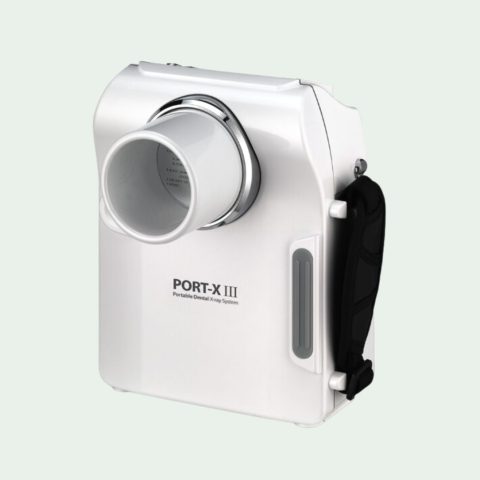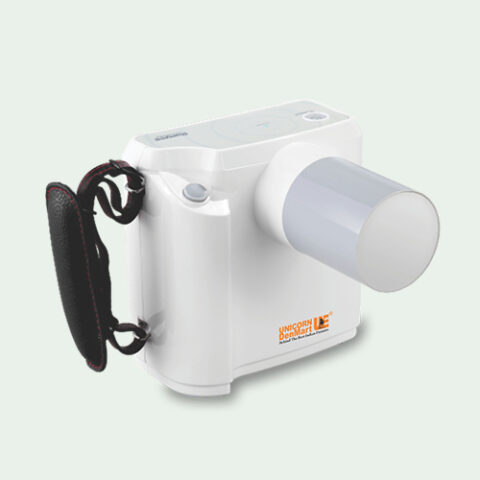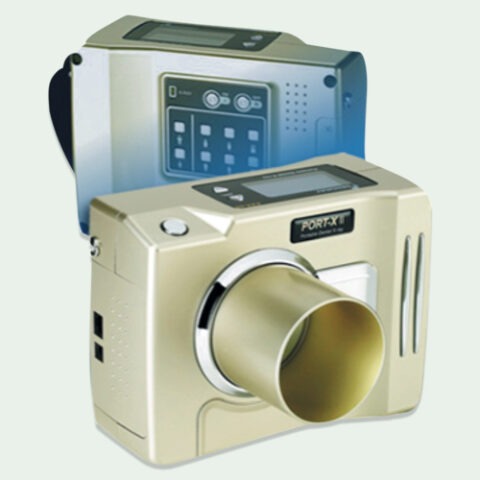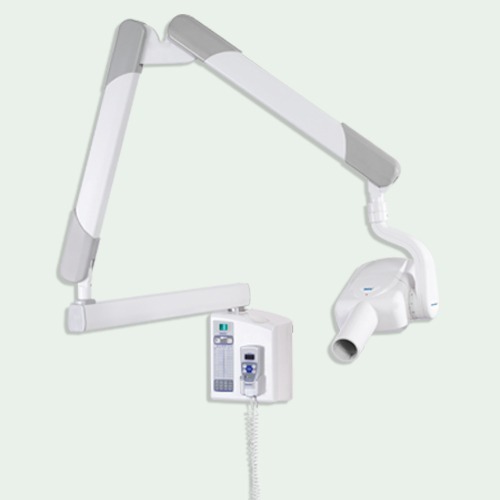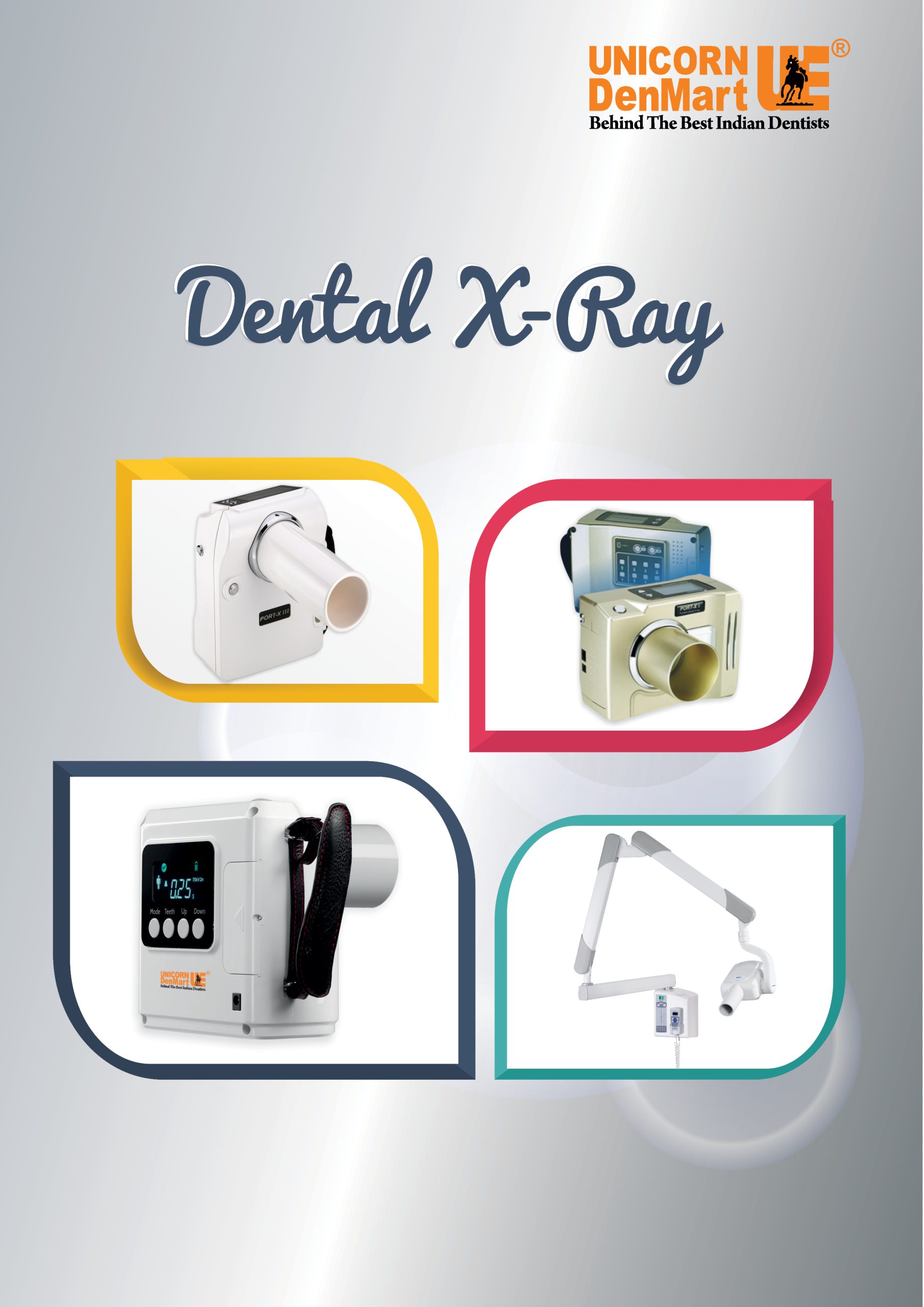
Dental Portable Handheld DC X-Ray
Innovative Dental X-Ray Solutions for Every Practice
Our comprehensive range of dental X-ray equipment is designed to cater to every diagnostic requirement, from routine check-ups to complex case evaluations. With options including handheld dental x-ray, portable dental x ray, and portable dental x-ray system, our products offer flexibility without compromising on image quality or safety.
The portable dental xray unit exemplifies our commitment to innovation, providing mobile solutions that ensure diagnostic precision is always within reach, regardless of your practice’s size or location. Each dental x ray machine is engineered for ease of use, reliability, and integration, supporting a swift and accurate diagnostic process that benefits both practitioners and patients alike.
The use of a dental X-Ray machine allows a dentist to better diagnose and plan treatment operations by providing a clear view of the internal radiolucent areas. Detecting and treating dental disorders that can save money for the patient.
Dental X-Ray equipment is a type of electromagnetic energy that can either flow through or be absorbed by solid materials. Dental X-Rays are ionising radiation with enough energy to ionise atoms and disrupt the connection between molecules.
Due to the quick drop in the rate of swiftly moving electron speed, Dental X-Ray Portable Machine are emitted when they collide and interfere with the target anode. In this process, 99 percent of the heat is generated and less than 1% of the Dental X-Ray Unit is produced. When high-speed electrons lose energy in an X-Ray tube’s target.
Types of Dental X-Rays:
Extraoral
Intraoral
Panoramic X-Ray: It records the whole image of the mouth at once, which aids in the detection of any impacted teeth, as well as the identification and treatment of tumours.
Tomograms: It depicts slices of the mouth so that any difficult-to-see structures can be identified.
Computed Tomography: In dentistry, it’s commonly utilised to detect bone fractures or tumour growth. It also aids in implant placement by determining the density of the bone.
Periapical: It is utilised to detect any abnormalities in the tooth’s root structure and periapical areas, such as bone health, periodontal ligament, and interproximal areas.
Bitewing: To determine the cast repair and marginal integrity of the fillings, as well as to detect gum disease.
Occlusal: To detect full tooth development along the mouth’s arch.
Recent Blog
The Diagnostic Powerhouse: Elevating Dental Care with 3D Imaging
The landscape of dental care has undergone significant transformation over...
Read MorePortable Dental Solutions for Modern Practices
Embracing Mobility: The Rise of Portable Dental Solutions in Modern...
Read MorePiezoelectric Surgery Devices: The Next Wave in Dental Surgeries
Embracing Innovation in Dentistry: The Rise of Piezoelectric Surgery...
Read MoreUnveiling a New Dimension in Dental Care: The Era of Dental CBCT Machines
In the ever-evolving landscape of modern dentistry, the introduction...
Read More